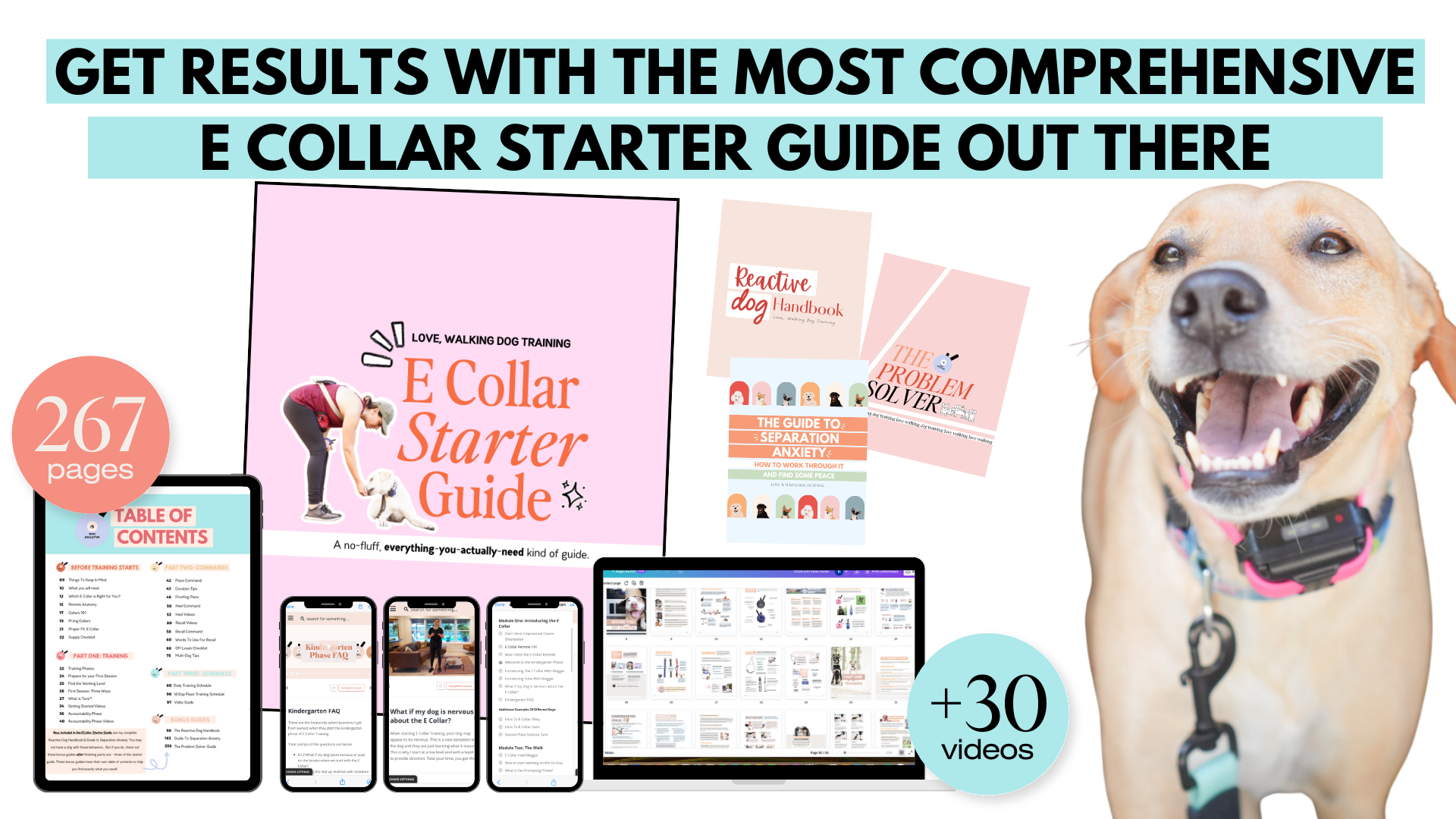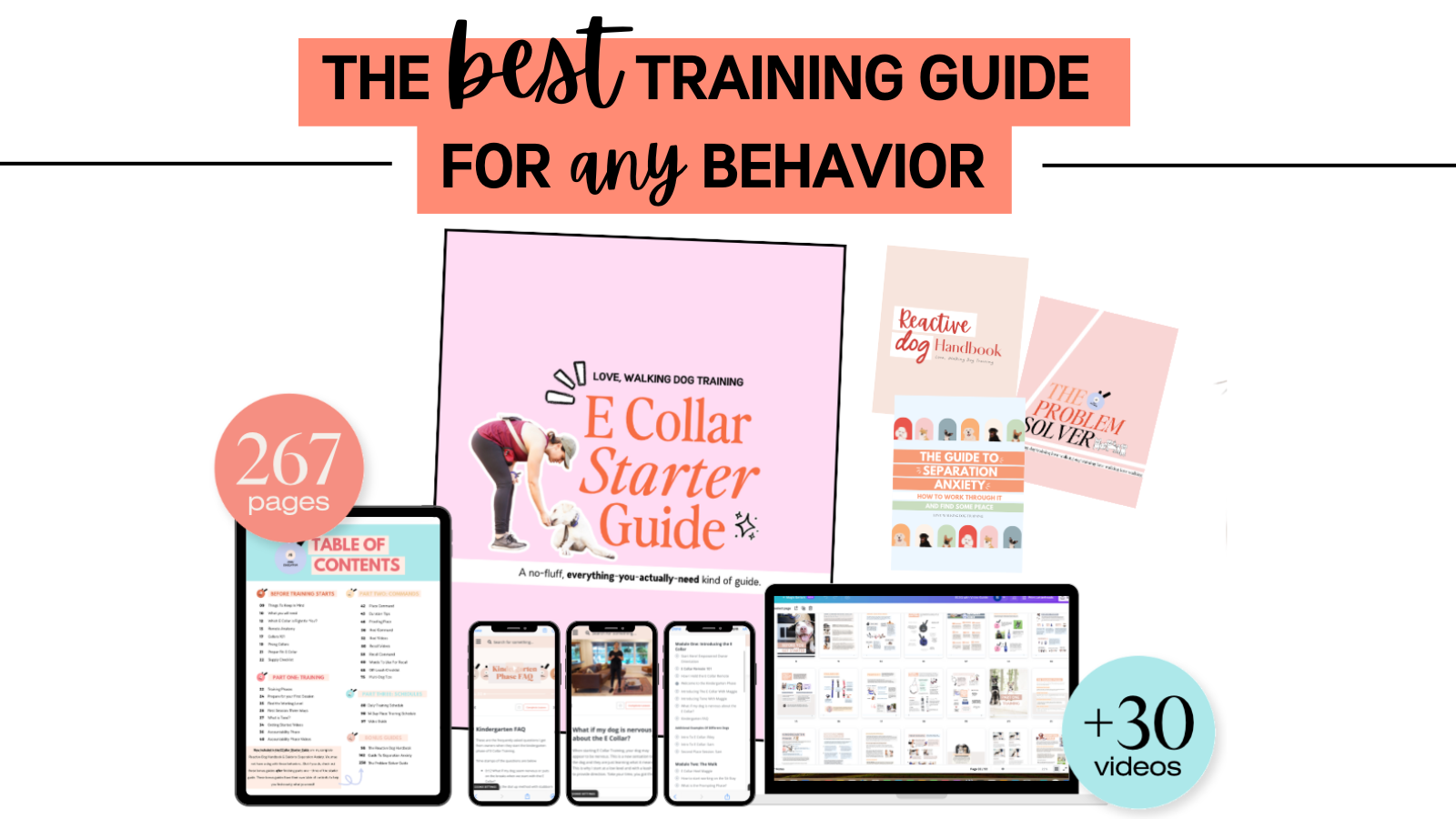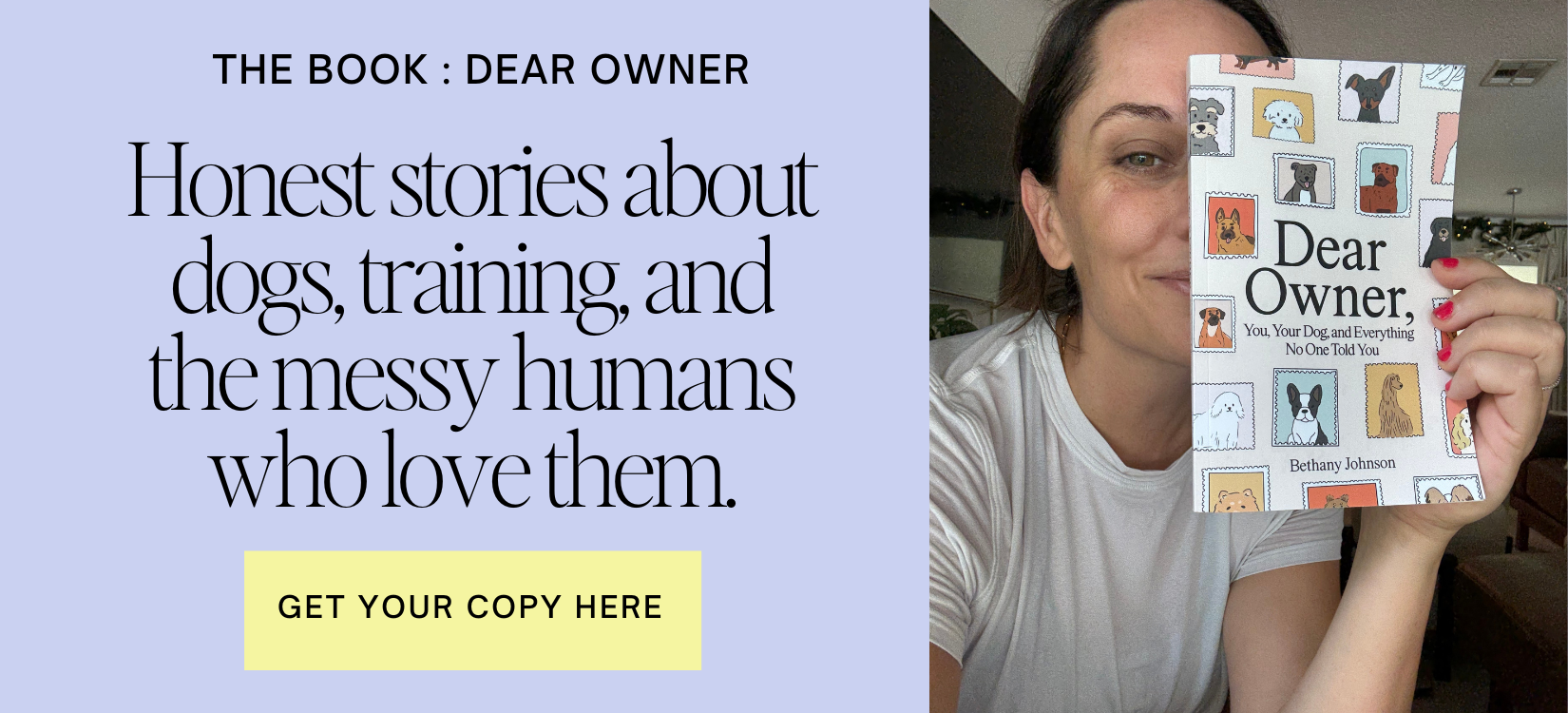The Truth About Free Feeding: What It’s Really Doing to Your Dog’s Mindset
What Is Free Feeding in Dogs?
When a dog’s food is left out for them to graze on whenever they’d like, it’s called free feeding. Most owners do this because their dog is picky about eating. Leaving food out seems like the only way to get them to eat.
But here’s the thing: dogs don’t naturally graze. In the wild, meals are earned. They hunt, they search, they work for it. So when food is available 24/7, we accidentally remove one of the biggest opportunities we have to build structure and leadership with our dogs.
When food comes from you, your dog starts to see you differently. Dogs naturally look to their leaders to provide food. Leaving it out all day takes away that powerful connection. When your dog eats because you brought the food, you become more valuable in their eyes. You’re not just the person who fills the bowl; you’re the provider… the one who makes the good stuff happen.
If your dog struggles with impulse control or respect during training, daily structure is key. My E-Collar Starter Guide shows you how to create balance, trust, and clear communication using simple, positive routines that make your dog look to you for direction.
What If Your Dog Doesn’t Eat Right Away?
This is one of the main reasons people free feed. “My dog just doesn’t eat when I put the food down.” Most of the time, that’s not because they’re picky, it’s because they’re not hungry. All the snacks, training treats, and table scraps throughout the day keep them full.
The fix is simple: cut back on the extras. No shade - we’ve all been there - but if your dog gets too many treats or bites of human food, they’ll hold out for the better stuff. When you reduce the extras, you’re not being mean; you’re helping your dog get back to a healthy eating rhythm. Hunger is a natural motivator that improves focus, eating habits, and even training results.
If your dog gets distracted easily during training, you’ll love the exercises in my E-Collar Starter Guide. It’s full of dog training tips that build focus, motivation, and calm behavior using clear, consistent structure.
How to Create a Feeding Routine
Dogs thrive on predictability. A structured feeding routine helps them feel safe and balanced. Feed twice a day (morning and evening) or at times that fit your schedule. Consistency is everything.
Put the bowl down for 15 to 30 minutes. If your dog doesn’t eat, take it up until the next meal. No begging, no negotiating. Over a few days, your dog’s appetite will adjust, and they’ll learn that when the food is out, it’s time to eat.
If your dog gets distracted or anxious, try feeding them in their kennel. It helps them focus and builds a positive association with crate time. For dogs with kennel anxiety, this can make a big difference. When good things, like dinner, happen in the kennel, your dog begins to feel calm and confident there.
If you’d like help creating a routine or understanding your dog’s behavior on a deeper level, book a Virtual 1:1 Coaching Session. You’ll get personalized guidance to build better habits and communication at home.
Small Changes That Make a Big Impact
If your dog still refuses food, take a look at the environment. Sometimes it’s not the food… it’s the energy. If the bowl is in a noisy or high-traffic area, move it to a quieter space. Some dogs just need a calm spot to eat.
You can also make mealtime more engaging. Try hand-feeding part of the meal during training or using a slow feeder or puzzle bowl. This adds mental stimulation and helps turn eating into a positive, focused activity.
These moments are also perfect opportunities to practice obedience or confidence-building exercises. You’ll find examples of this kind of e-collar dog training inside my E-Collar Starter Guide, where I teach you how to use everyday moments (like meals, walks, and crate time) to reinforce calm, focused behavior.
Sometimes the simplest adjustments make the biggest difference. Replacing free feeding with a structured routine isn’t just about food… it’s about communication and trust. You’re showing your dog that good things come from you and that structure equals safety.
When you take charge of mealtime, you’re not just feeding your dog; you’re teaching them. You’re reinforcing respect, calmness, and connection without saying a word.
So the next time you reach for that scoop of kibble, think of it as more than breakfast or dinner. Think of it as another opportunity to lead, to connect, and to strengthen the bond you have with your dog.
And if you’re ready to take that next step toward better structure, confidence, and communication, grab the E-Collar Starter Guide or book a Virtual 1:1 Coaching Session. Let’s make mealtime—and every moment with your dog—count.



